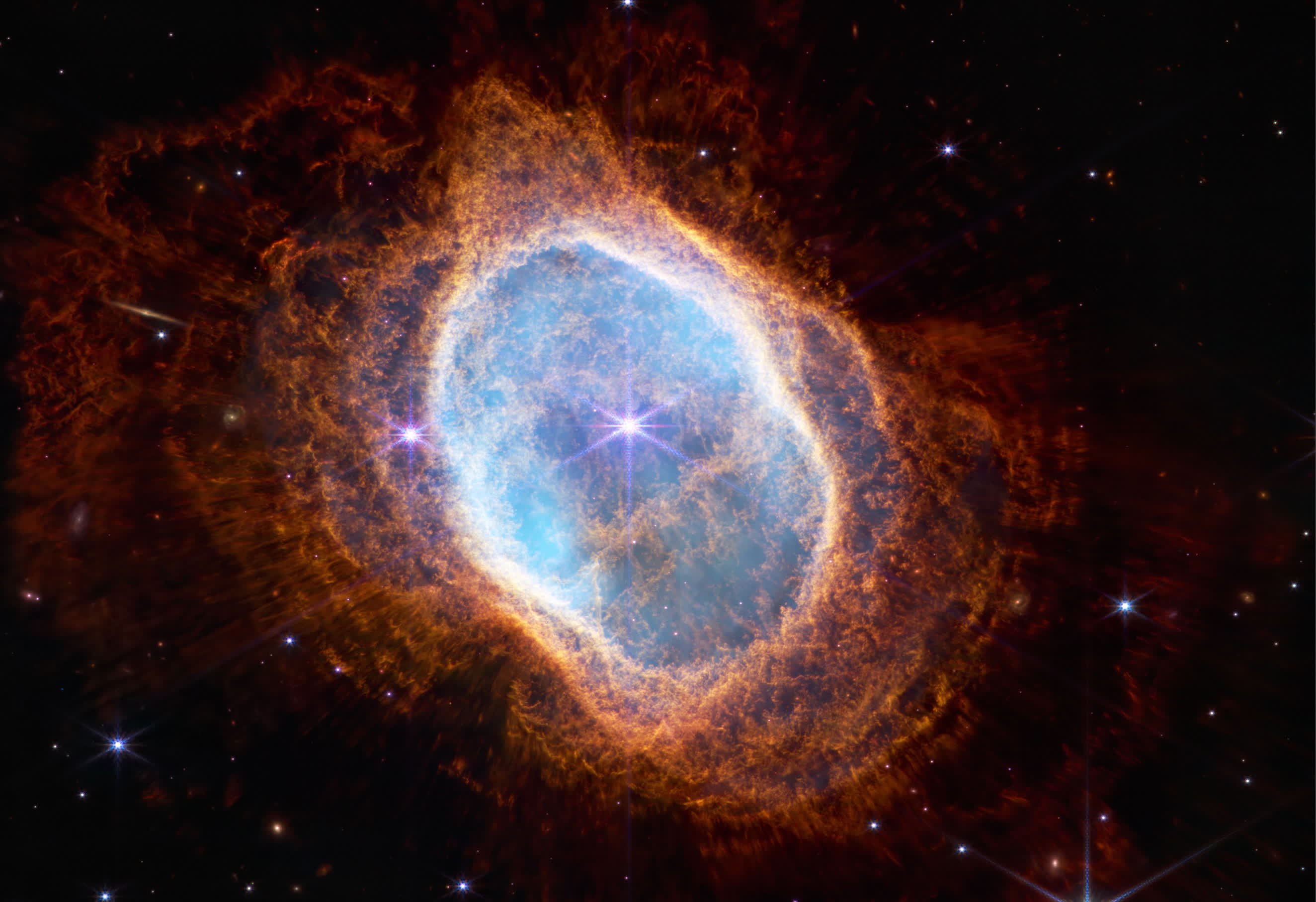In context: 8 Ursae Minoris b is a gas giant planet orbiting an orange dwarf star 530 light-years from Earth. The exoplanet, which has a slightly larger mass than Jupiter, was first discovered in 2015 and it shouldn't actually exist.
According to a new study published in Nature, 8 Ursae Minoris b "narrowly" escaped death by cosmic consumption when its host star (8 Ursae Minoris) entered the final phase of its main fuel-burning life. The exoplanet should have been engulfed and annihilated when the star turned into a red giant, as its orbital distance (0.5 astronomical units, or roughly 74,800,000 kilometers) is well within the predicted expansion phase of the star (0.7 AU).
And yet the planet is still there, orbiting what remains after the red giant phase of 8 Ursae Minoris like a "zombie planet." The feat is evidence that "non-canonical stellar evolution" can make exoplanetary systems thrive despite traditional theories on planetary evolution.
Dimitri Veras, an astrophysicist at the University of Warwick, said 8 Ursae Minoris is a special discovery as "no planetary system like this" has been observed before. The theory says that when a Sun-like star (a yellow dwarf star) depletes all the hydrogen burning at its core, it becomes a red giant entering an expansion phase and literally consuming the closest terrestrial planets. Mercury, Venus, and possibly Earth will eventually cease to exist some billion years from now.

The red giant then starts burning helium and contracts again, but the closer planets are gone for good. After observing the system with the orbiting TESS space telescope, Veras and colleagues have now a theory about how 8 Ursae Minoris b survived the expansion phase of its host star.
8 Ursae Minoris was a binary system with two different stars, the scientists explain, and the expansion phase was likely disrupted when the larger star started to swallow its smaller companion. The helium-burning process started earlier, so the expansion suddenly stopped giving 8 Ursae Minoris b a solid chance for survival.
A team of 40 scientists worked on TESS observations to find possible explanations about the exoplanet's unusual fate. According to researcher Marc Hon at the University of Hawaii, the idea of a binary star merger stopping the red giant expansion came from "piecing together" a planetary puzzle.
Alternative theories, like one claiming 8 Ursae Minoris b is a "second-generation planet" born out of the material violently ejected by the merging process, could also explain why the planet survived. But this is a much more speculative idea, the scientists said.
What's clear at this point is that most of the known stars are in binary systems, Dr Hon said, and "many more peculiar planetary systems may exist" because of the influence of binary companions like with the 8 Ursae Minoris system.
https://www.techspot.com/news/99247-giant-planet-escaped-death-host-star-now-scientists.html
